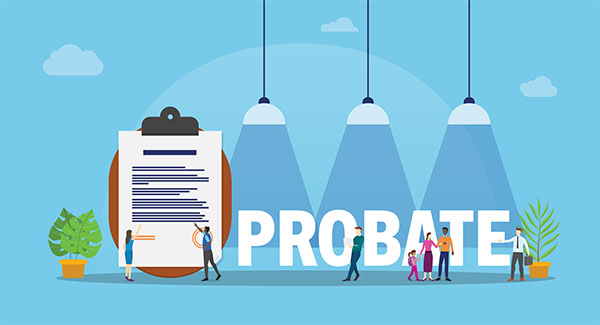Learn tips to cope with the recent change to daylight savings time if you’re a caregiver for a person with Alzheimer’s.
A lot of people have strong opinions about changing the clocks here in the U.S. during daylight savings time. It signals the days getting longer with daylight and means that we “lose” an hour of sleep on that day. For some it makes it hard to get up in the morning because it’s darker. For others, it throws off their body clock meaning it may take a few days to adjust. Some rejoice knowing that summer and long light evenings are just around the corner.
If you or a family member is living with Alzheimer’s disease or another form of dementia, moving to daylight savings – or back to standard time in the fall – can be a formidable challenge.
WayForth is your trusted, professional senior move management company. Our team of experts strive to make the move hassle and stress-free by helping with downsizing, packing and unpacking, storage services, and more. Contact our professional movers today for help on your next transition!
Why daylight savings time?
Daylight savings is the practice of moving the clocks “forward” in warmer months so that darkness falls later in the 24-hour cycle. Some sources credit Benjamin Franklin who promoted the practice, noting that the time change would save on candles and expenses. Others championed the method to increase daylight working hours for those in factories and on farms.
The first official date of daylight savings time started on March 31, 1918, during World War I. It was instated to help add more daylight hours to conserve energy. This was a temporary measure that lasted approximately seven months.
President Roosevelt re-established it again in 1942 during World War II and it lasted until the end of September 1945. The Uniform Time Act was passed in 1966, which made it official for each year in the U.S. Several places in the country, including most sections of Arizona, Hawaii, Puerto Rico and other U.S. Islands, do not observe the practice.
Alzheimer’s and sundowning syndrome
Those living with Alzheimer’s disease often encounter sundowning syndrome. This means that they may experience certain behaviors such as restlessness, confusion and irritability or agitation as daylight begins to fade. It can continue into the night, making it difficult for the person and their family or caregiver to get proper rest. During a time change such as daylight savings time, sundowning can often be exacerbated.
According to the National Institute on Aging, sundowning is not yet fully understood. It could be caused by the person’s biological clock and the effects of Alzheimer’s-related brain changes. This may lead to confused sleep/wake cycles.
Sundowning often appears in the middle- and late-stage of Alzheimer’s disease. Other factors that may contribute to this experience include depression, pain or boredom.
Coping with the time change
As a caregiver for someone with Alzheimer’s, you can adopt practices to help manage the confusion of a time change, such as the onset of daylight savings time.
Talking to the attending physician is a first step if you notice evidence of sundowning. According to the Alzheimer’s Association’s website, caregivers and family members can also:
- Get plenty of rest
- Schedule activities such as doctor appointments or bathing during morning or early afternoon so that the family member or person with dementia is more alert
- If possible, take the person with dementia outside or sit by a window for natural light in the daytime
- Encourage a regular routine for waking up and going to bed
- Limit daytime sleeping and naps
- Reduce stimulation before bedtime
- Keep the evening meal lighter
- Make sure the home is well lit, especially in the evening
Finally, make sure to check on your older relatives and friends, even if they are not diagnosed with Alzheimer’s disease. A change of clocks can cause simple confusion and a reassuring call or visit can make all the difference.
WayForth can help you or a family member with our comprehensive moving solutions including downsizing, space planning, packing and moving, unpacking, and setting up in your new home. How you move matters, move with WayForth. Contact our moving professionals today at 1.844.WAYFORTH.






